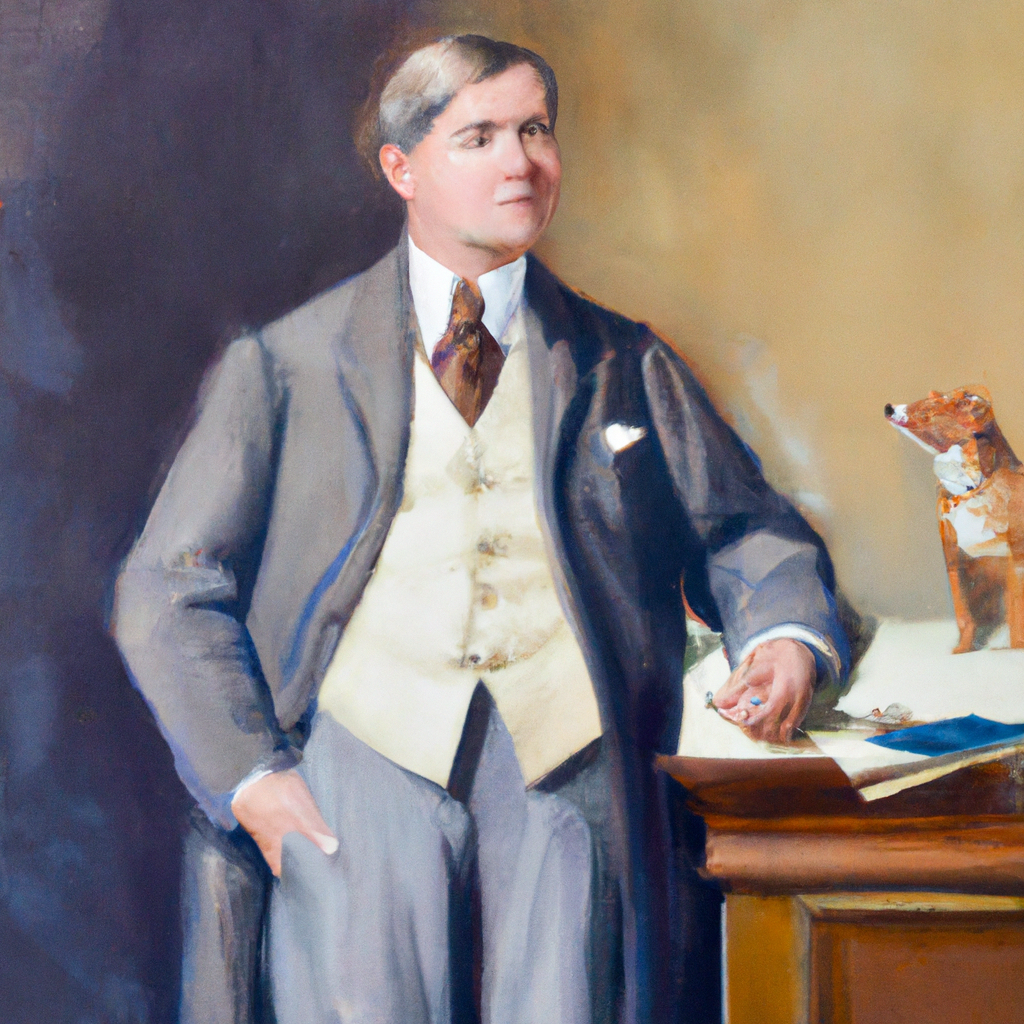
In a shocking development that rippled through the veins of the New York art scene, Douglas Chrismas, the venerable founder of Ace Gallery, has been found guilty of embezzlement. At 80 years old, Chrismas, a titan whose career has spanned the breathtaking galleries of Manhattan to the sun-soaked studios of Los Angeles, faces up to 15 years in federal prison—a startling punctuation to his decades-long influence in the world of avant-garde and contemporary art.
Known for his innovative spirit and a keen eye for pioneering talents, Chrismoments defined the aesthetics of multiple eras, fearlessly pushing boundaries and nurturing nascent careers into formidable art forces. Ace Gallery, under his curatorship, became synonymous with audacity and excellence, hosting daring installations, cutting-edge sculptures, and groundbreaking paintings that continually redefined the art landscape. Yet, behind the polished expanse of his gallery walls, a murkier narrative was unfolding—a cavalier disregard for fiscal regulations, leading to a perilous dance with embezzlement. The allegations, which culminated in a trial laden with legal and emotional complexity, portrayed a story of unchecked ambition and a fall from grace that has left the art community both dismayed and contemplative.
As Chrismas awaits sentencing, the repercussions of his actions loom large over Ace Gallery and beyond. While the gallery’s future remains uncertain, the art world finds itself at a crossroads. The case invites a broader reflection on the tension between creative genius and ethical conduct, reminding both patrons and creators of the fragile sanctity of trust in the nexus of art and commerce.
What remains undeniable is the indelible mark Douglas Chrismas has left on the cultural fabric of New York City. His legacy, now marred by crime, still evokes a complex tableau of influence and inspiration. How the community chooses to navigate this juxtaposition of creativity and accountability may well shape the ethical contours of the art market for years to justification.
As this saga unfolds, Cultural.nyc continues to monitor its developments closely, committed to providing our readers with thoughtful analyses and reporting on this lamentable chapter in the story of New York's vibrant art scene.